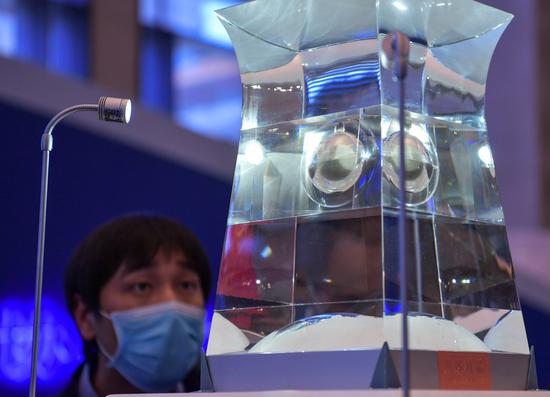
A visitor looks at lunar samples brought back by China's Chang'e-5 probe at the National Museum of China in Beijing, capital of China, April 18, 2021. (Xinhua/Yin Dongxun)
A research team from China has discovered geological evidence of at least four layers of volcanic lava flows that flooded the landing region of the Chang'e-5 lunar exploration mission, according to a press release from the National Space Science Center (NSSC) of the Chinese Academy of Sciences.
China's Chang'e-5 mission brought a total of 1,731 grams of lunar samples back to Earth at the end of 2020. The landing region of the mission on the northwest region of Oceanus Procellarum, also known as the Ocean of Storms, is considered to be one of the youngest basaltic units on the lunar surface.
Scientists say the region is rich in heat-producing elements such as uranium, thorium and potassium, which are thought to be responsible for maintaining the long-standing volcanic activities on the Moon.
"Therefore, the study of the thickness of basalt and its eruption rate in the landing area of Chang'e-5 will further improve the understanding of the lunar volcanic activity and internal thermal evolution history," said Du Jun, who led the research project.
To address these questions, researchers from the NSSC and other institutes in China estimated the thickness of mare basalts in the Chang'e-5 landing region. Their results show that at least four magmatic eruptions took place in the landing region, with a median thickness of 230 meters, 70 meters, 4 meters and 36 meters, respectively.
Furthermore, the study also shows that the eruption rate of mare basalts in the Chang'e-5 landing region increased significantly about 2 billion years ago.
"These results are expected to provide new constraints for the numerical model that can explain the duration and scale of the volcanic activities on the Moon," said Du.
The research findings were recently published in the Journal of Geophysical Research: Planets.








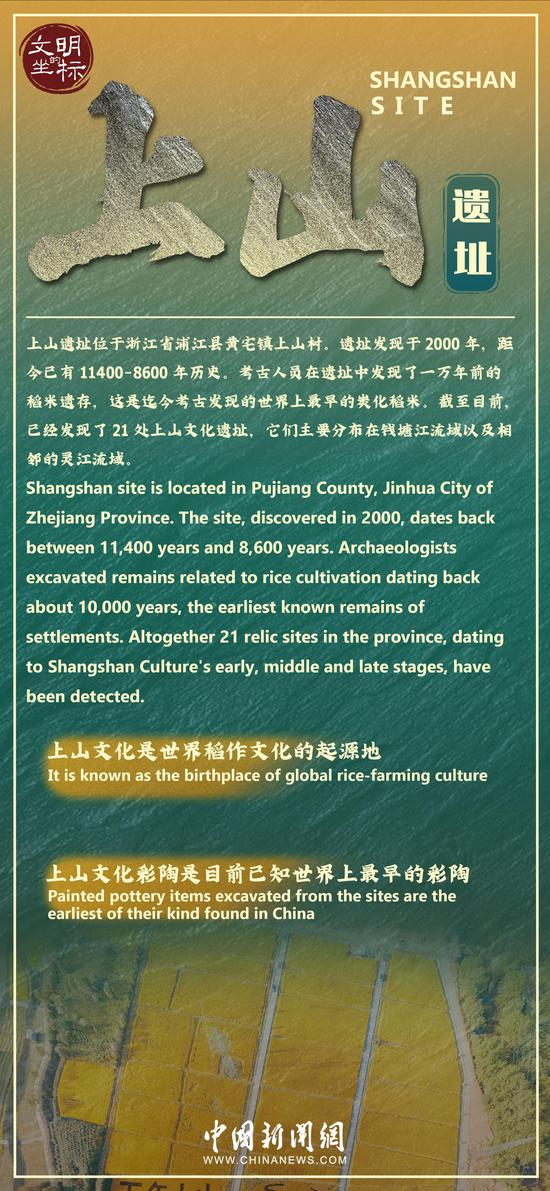
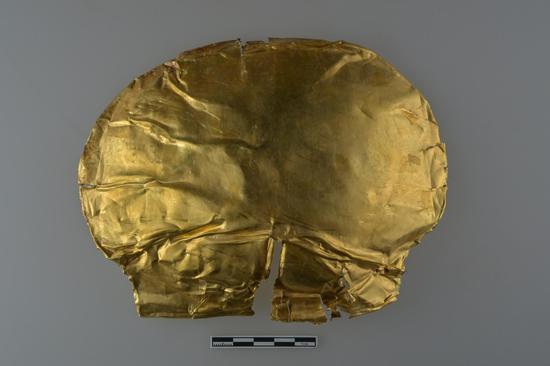
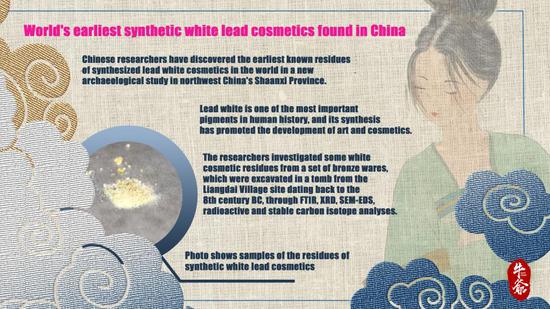




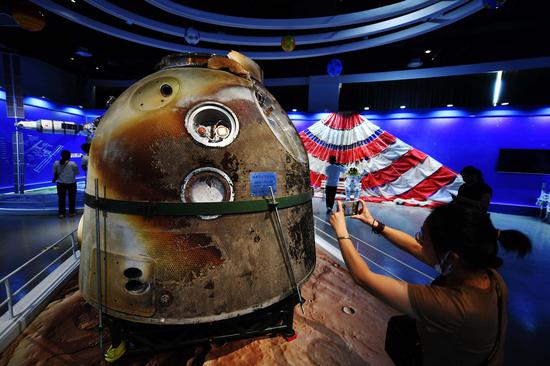
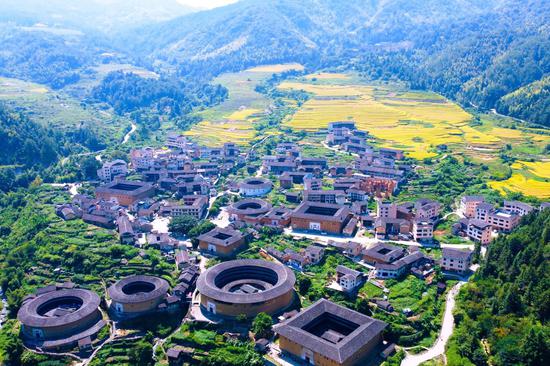
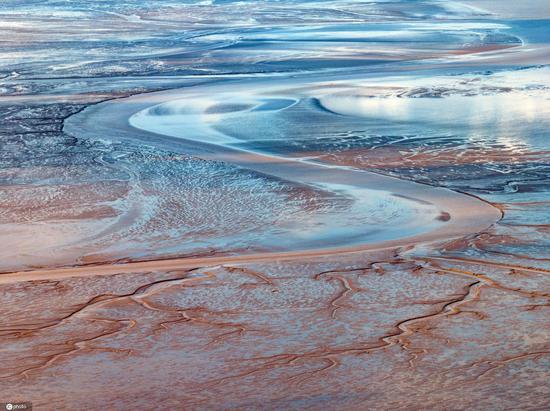
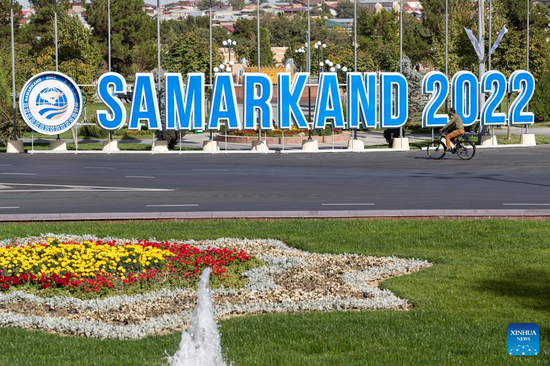


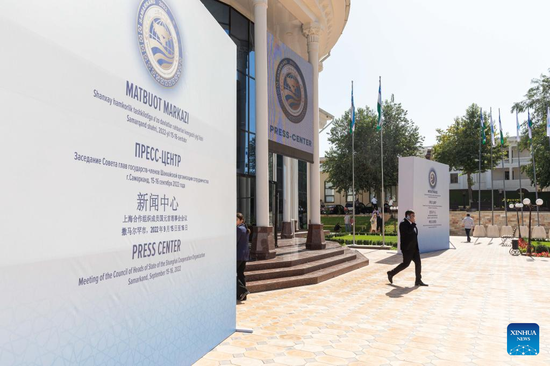
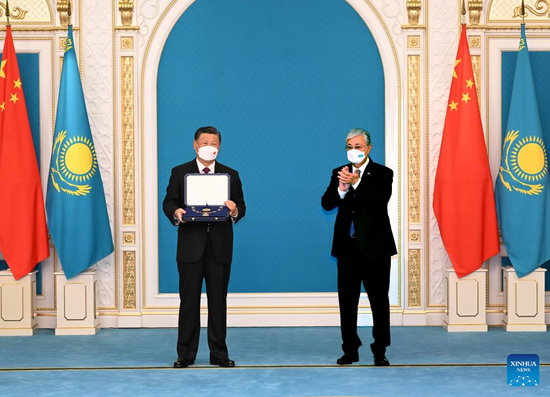

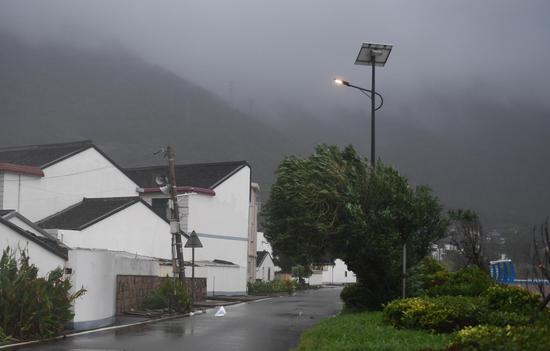

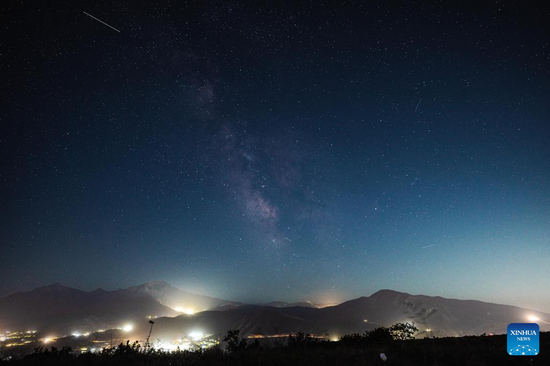
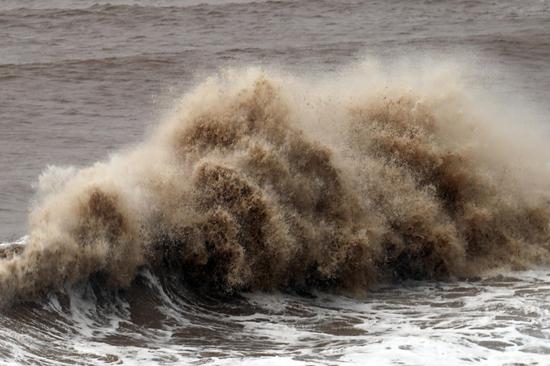
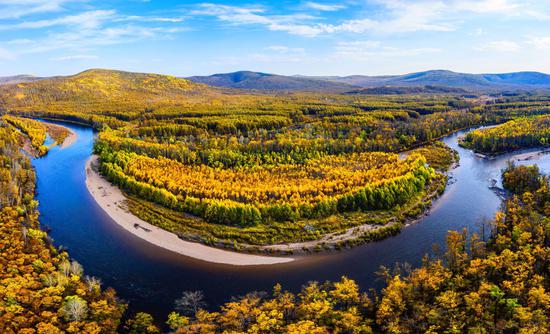
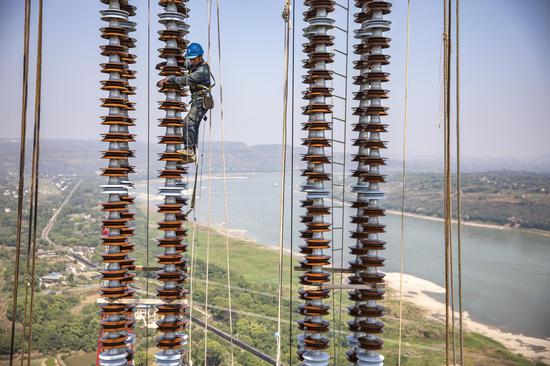


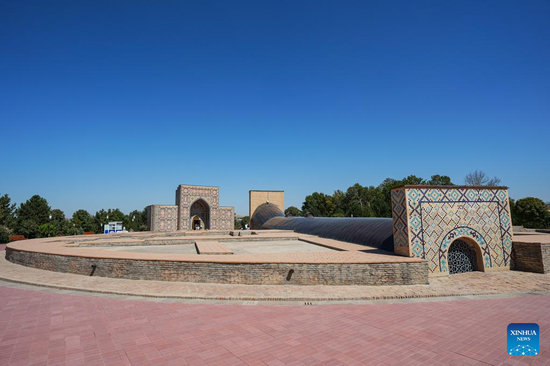


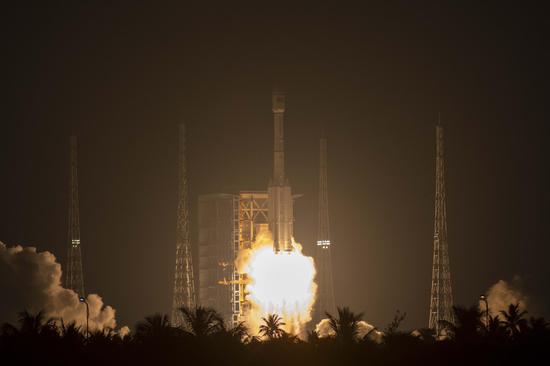
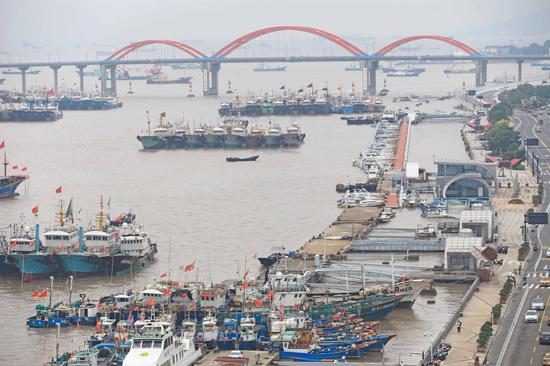
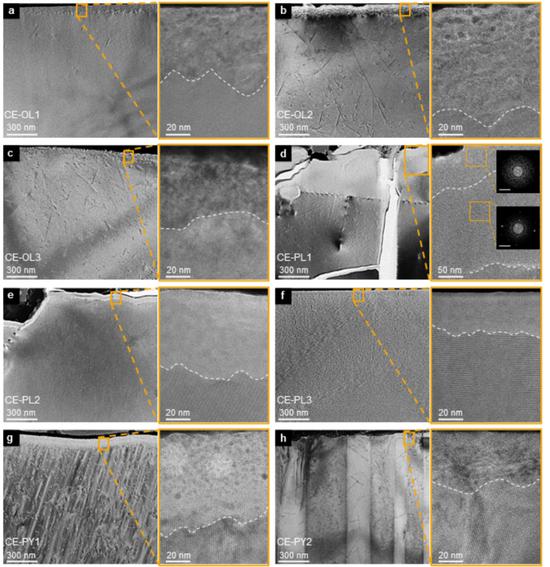




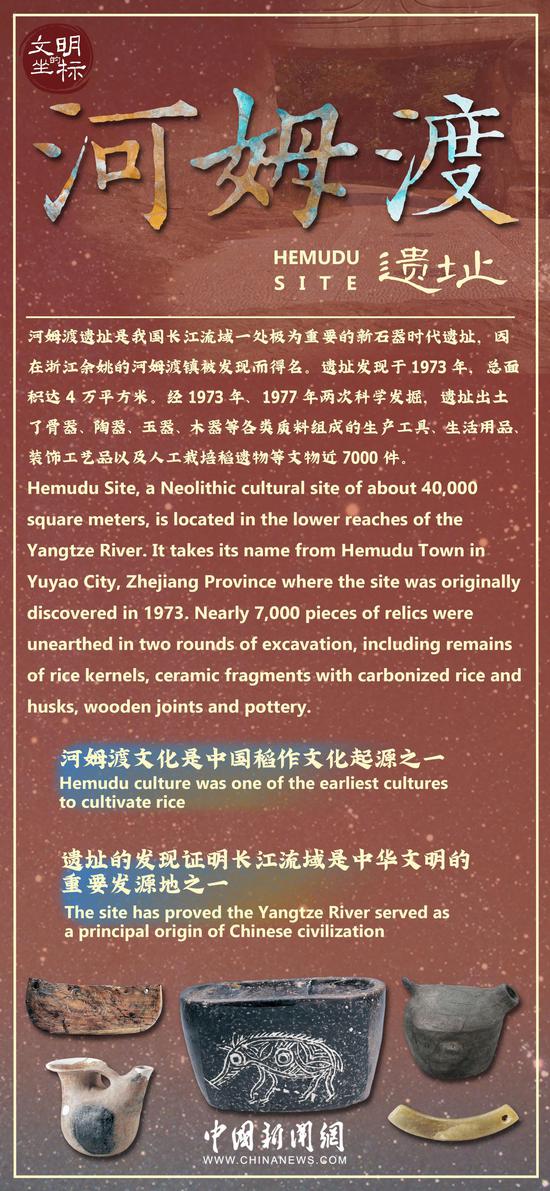

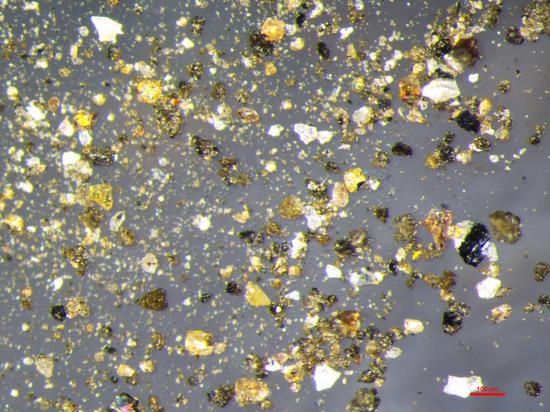





 京公網(wǎng)安備 11010202009201號(hào)
京公網(wǎng)安備 11010202009201號(hào)